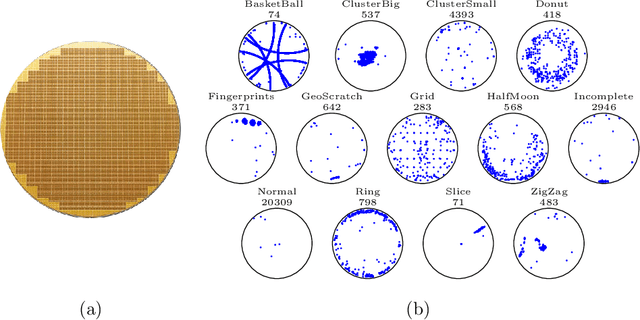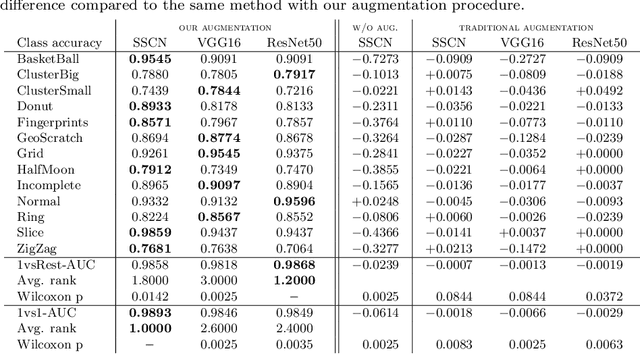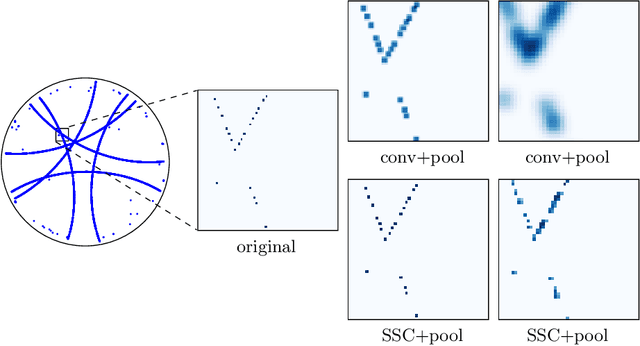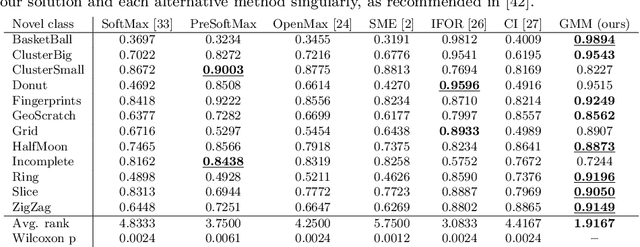Pasqualina Fragneto
Deep Open-Set Recognition for Silicon Wafer Production Monitoring
Aug 30, 2022



Abstract:The chips contained in any electronic device are manufactured over circular silicon wafers, which are monitored by inspection machines at different production stages. Inspection machines detect and locate any defect within the wafer and return a Wafer Defect Map (WDM), i.e., a list of the coordinates where defects lie, which can be considered a huge, sparse, and binary image. In normal conditions, wafers exhibit a small number of randomly distributed defects, while defects grouped in specific patterns might indicate known or novel categories of failures in the production line. Needless to say, a primary concern of semiconductor industries is to identify these patterns and intervene as soon as possible to restore normal production conditions. Here we address WDM monitoring as an open-set recognition problem to accurately classify WDM in known categories and promptly detect novel patterns. In particular, we propose a comprehensive pipeline for wafer monitoring based on a Submanifold Sparse Convolutional Network, a deep architecture designed to process sparse data at an arbitrary resolution, which is trained on the known classes. To detect novelties, we define an outlier detector based on a Gaussian Mixture Model fitted on the latent representation of the classifier. Our experiments on a real dataset of WDMs show that directly processing full-resolution WDMs by Submanifold Sparse Convolutions yields superior classification performance on known classes than traditional Convolutional Neural Networks, which require a preliminary binning to reduce the size of the binary images representing WDMs. Moreover, our solution outperforms state-of-the-art open-set recognition solutions in detecting novelties.
Robust Rotation Synchronization via Low-rank and Sparse Matrix Decomposition
Jul 12, 2017



Abstract:This paper deals with the rotation synchronization problem, which arises in global registration of 3D point-sets and in structure from motion. The problem is formulated in an unprecedented way as a "low-rank and sparse" matrix decomposition that handles both outliers and missing data. A minimization strategy, dubbed R-GoDec, is also proposed and evaluated experimentally against state-of-the-art algorithms on simulated and real data. The results show that R-GoDec is the fastest among the robust algorithms.
 Add to Chrome
Add to Chrome Add to Firefox
Add to Firefox Add to Edge
Add to Edge